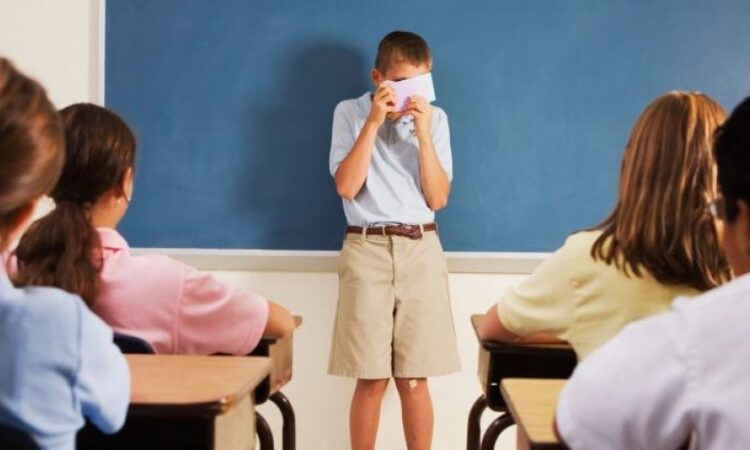
Anxiety among young children can be severe and more common than you might initially think. Regrettably, social anxiety disorder, also known as SAD, is a disorder that has impacted considerably more people over the last few months, partly because of the extreme and unfortunate circumstances in education created by the global pandemic. Policy changes and health precautions have been implanted for the safety of staff and children, but in turn has put some children at risk.
Problems and concerns related to the pandemic are not the only factors contributing to increased levels of anxiety amongst students. For instance, the increased use of digital communication such as social media and other forms has had an effect on several anxious students (to one degree or another), restricting the amount of everyday face-to-face interactions and consequently inhibiting them from consistently practicing the set of social skills that will be essential for their professional and personal development throughout life. Social media further compounds this issue and exposes students to cyberbullying and other seriously negative, aggressive forms of communication that produces more stress on top of already growing stress, occasionally with very grave consequences for the innocent victims.
There is good news for those affected by social anxiety disorder. SAD can be an easy, manageable condition to treat and does not need to sentence a student to an entire life riddled with isolation, underachievement and anxiety. The following infographic below provides several tips and strategies for those that suffer with SAD and would be beneficial for other students, teachers, family members, parents and concerned friends.
Look over the provided infographic for more information about social anxiety disorder and how to prevent it from affecting a student’s personal and professional development.
Infographic provided by The American Academy
